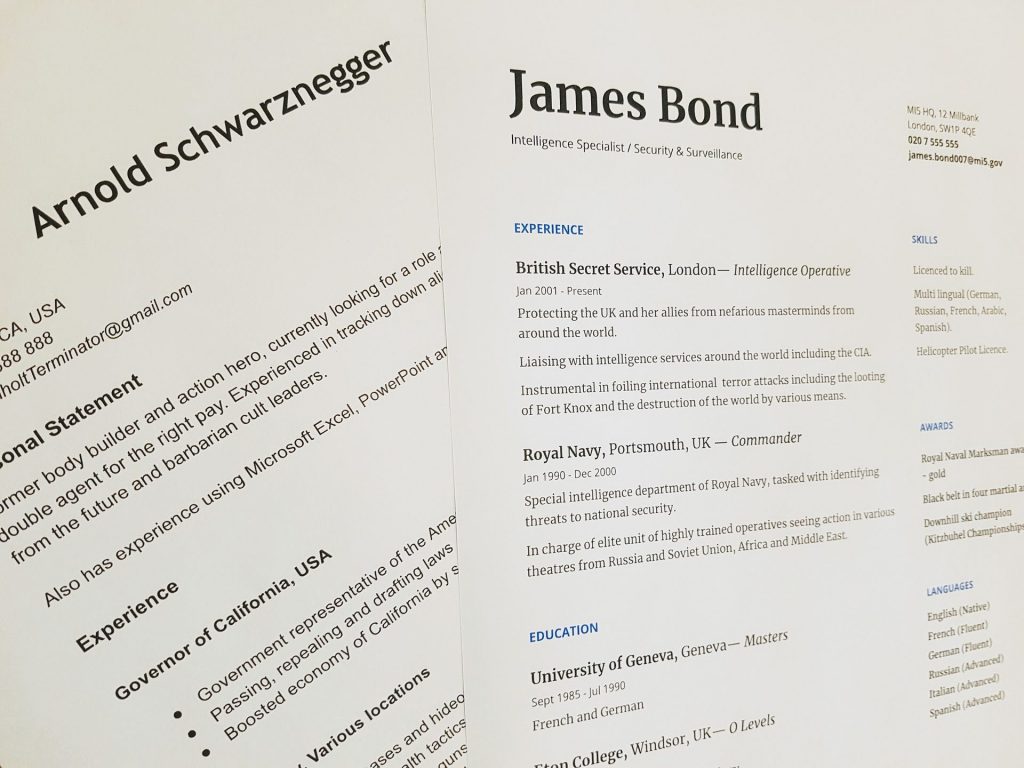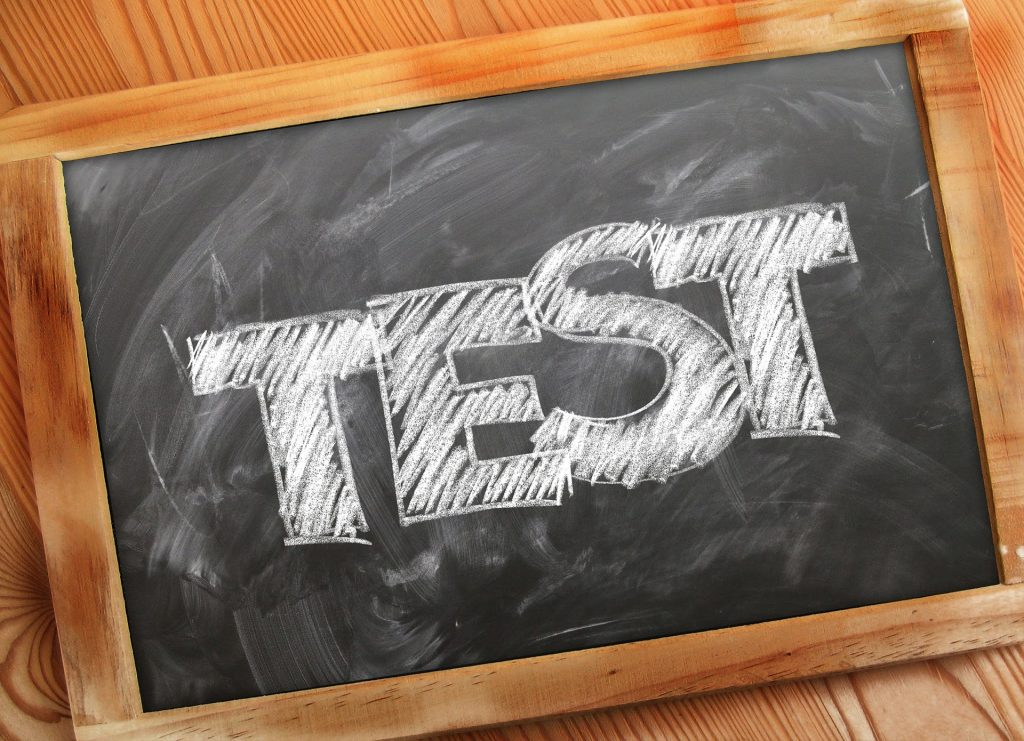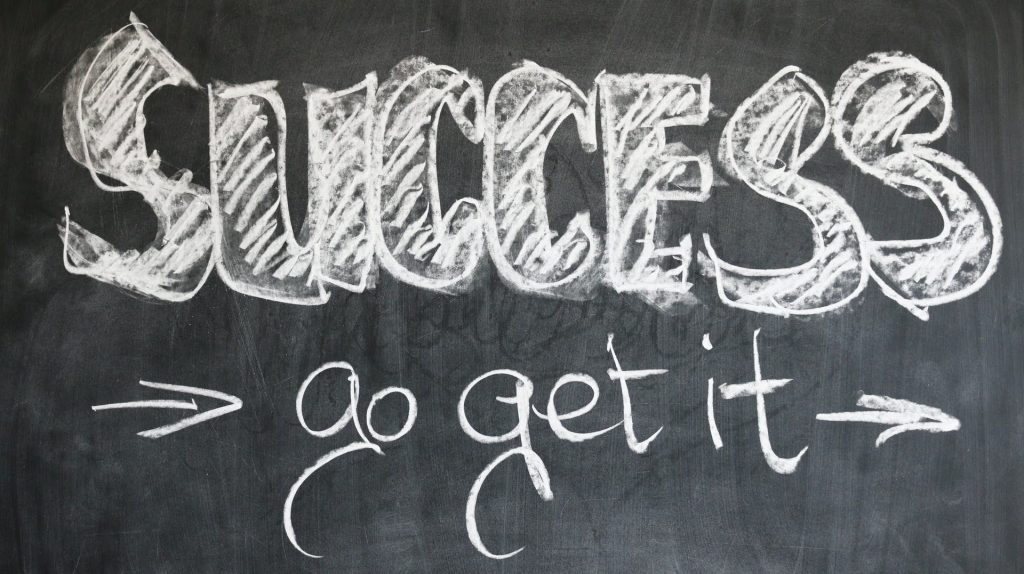How Can I Get a Job at McKinsey?
So, you want to work for McKinsey?
Unfortunately for you, so does everyone else…
McKinsey is the biggest management consultancy and one of the most prestigious firms in the world in general. This kind of company is never going to be easy to get a job in and will always have a surplus of applicants – with an arduous application process to sort between them.
Here, we discuss the selection process which you are going to get through to land a job at “The Firm”.
We’ll try to answer all the typical questions. What hurdles do you need to clear? How many candidates are cut at each stage? Are the interviews different for specialist roles?
We can’t pretend to give you every single piece of detail you’ll need in such a short article, but we can give you a great high-level overview before you dig into the hard work of going through case study examples and the like.
Selection Process
McKinsey “alumni” famously go on to become CEOs of Fortune 500 companies, successful entrepreneurs and top-flight politicians at a startlingly high rate.
McKinsey is good at fostering talent and the nature of its work forces the development of a well-rounded skillset on a very contracted timescale. However, it is also true that McKinsey does not have a magic wand to wave over its staff.
The primary reason why McKinsey consultants are so successful is is because McKinsey applies an incredibly demanding selection process to recruit only the very best of a huge pool of gifted applicants.
Thus, to a large extent, McKinsey simply offers an outlet and a stepping stone to the kinds of highly talented individuals who were going to make it to the top whichever route they took.
Now, for our purposes here, what all this should tell you at the outset is that the selection process is going to be very tough – you can’t just wander into selection without prep or make a half-hearted go of things and expect to get a job.
Let’s dive in and see what each stage of the selection process looks like.
Resume Screening
 Well over 50% of candidates are cut immediately just based on their applications – so this is clearly a crucial part of the process.
Well over 50% of candidates are cut immediately just based on their applications – so this is clearly a crucial part of the process.
Application screening can also be the most probabilistic step in the selection process. That is to say that getting through can often require some good luck as well as a great resume and cover letter.
This element of chance is because resumes are often screened by junior consultants, who are often given a stack of up to 200 resumes (often applicants from their own university). These juniors are then not given any additional time in their day to sort through this huge number of applications.
As such, you can expect the filtering process to often be haphazard and/or arbitrary. This means you have to do your utmost to give the reader no reason to throw your resume in the bin.
All this also means that, really, a successful application starts some time before you actually send off your resume and cover letter with an effective bout of networking.
This is because networking:
- Lets you have the depth of knowledge to write the kind of application needed to impress those screening it.
- May let you avoid this random element of screening at all. Having a strong contact in the office can make sure your application doesn’t risk instant rejection.
Screening Tests
 If you make it through the initial applications stage, the next step is screening tests.
If you make it through the initial applications stage, the next step is screening tests.
McKinsey has traditionally used its PST screening test to filter out yet more applicants. This will 60% of those candidates remaining in the selection process.
Thus, when resume screening is combined with the PST, these first two rounds of screening together eliminate 80+% of the total applicant pool. This should be proof that you need to take these stages of the selection process seriously, instead of only prepping for subsequent interviews (a mistake made by many candidates).
Things have changed recently, though, in that the PST has been replaced across most offices with the new Digital Assessment (or Problem Solving Game).
One of the main reasons for making this switch is that a business-themed test is not going to be a great way to recruit technical specialists. The Digital Assessment scores applicants on their performance in an ecology-themed video game; assessing thinking skills without the need for business or math knowledge.
With this said, some offices have so far stuck with the PST and some have implemented both together – always reach out to the relevant HR office to confirm what you will be up against.
In terms of the severity of the cut made, the new test is expected to make at least the same 60% cut as the PST did – and likely more as it is developed further.
Case Interview
Now, the most notorious and most directly challenging part of the selection process – the case interview.
We recommend here that you look around for more comprehensive resources online, as we can’t do this subject any real justice in such a small space.
As a short description, the case interview requires you to solve a complex business problem in conversation with your interviewer. There will be an initial case brief and then more information and charts at appropriate points as you move through your analysis. You have only a pen and paper – no calculator or computer – and must work under significant time pressure.
Whilst case interviews are much the same across the big firms, McKinsey does prefer to give interviews in the “interviewer led” format. This simply means that the case you tackle will be somewhat broken down into a series of sub-cases. Much is made of this difference in format, but the impact on your actual preparation will be negligible.
Note that hires for specialist roles like McKinsey Digital will still need to do case interviews, though these will tend to be focused more on problems from their particular field. Specialist applicants might also be required to do additional skill-tests like coding challenges.
The PEI
As is standard for consulting interviews with the major firms, McKinsey integrates fit questions into the case interviews. McKinsey is known to take these fit questions very seriously.
Many candidates make the mistake either of under preparing for fit questions. This is for one of two reasons:
- They simply focus on learning to solve case studies and more-or-less forget or don’t realise that fit questions will also be asked within case interviews.
- Even those who remember about the fit portion often think it is unimportant compared to the case study.
The main reason that the fit portion is taken so seriously is the costly level of staff turnover faced by McKinsey and other top consulting firms.
Where a large number of new recruits burn out and leave within a year and the average consultant only spends two years in the profession, they need to make sure that new hires really are committed and that consulting really is the right job for them.
Professional Help
 One thing which you almost certainly already knew about McKinsey is that they pay very well. This is, of course, one of the reasons the firm is so heavily over-subscribed with applicants.
One thing which you almost certainly already knew about McKinsey is that they pay very well. This is, of course, one of the reasons the firm is so heavily over-subscribed with applicants.
However, a high salary up for grabs also means that anything which might increase the chances of receiving that salary is worth paying a certain amount for.
In particular, many candidates reason that paying a relatively small amount for professional help with resume writing or practising case interviews with ex-consultants is a good use of their money if it means they land the job.
This doesn’t mean you necessarily need to pay huge amounts to coaching companies. There are lots of free or low-cost resources available online and you can do a lot with those – especially if you have time to spend.
However, professional services are worth mentioning for two reasons:
- If you can afford them and especially if you are already working another job or studying for exams, professional services can help you get generally better results with a lot less time.
- More importantly – however you prepare, you need to realise that your competition is likely to be using these services, along with anything else they can get their hands on. Successful applicants will generally lavish huge numbers of hours on prep. The key takeaway then is that, whatever way you prep, you need to put in the work!
The Future is in Your Hands
 Now you have an outline of what you need to do to work at McKinsey, it’s over to you to start networking, writing up your resume and cover letter and preparing for screening tests and interviews!
Now you have an outline of what you need to do to work at McKinsey, it’s over to you to start networking, writing up your resume and cover letter and preparing for screening tests and interviews!

